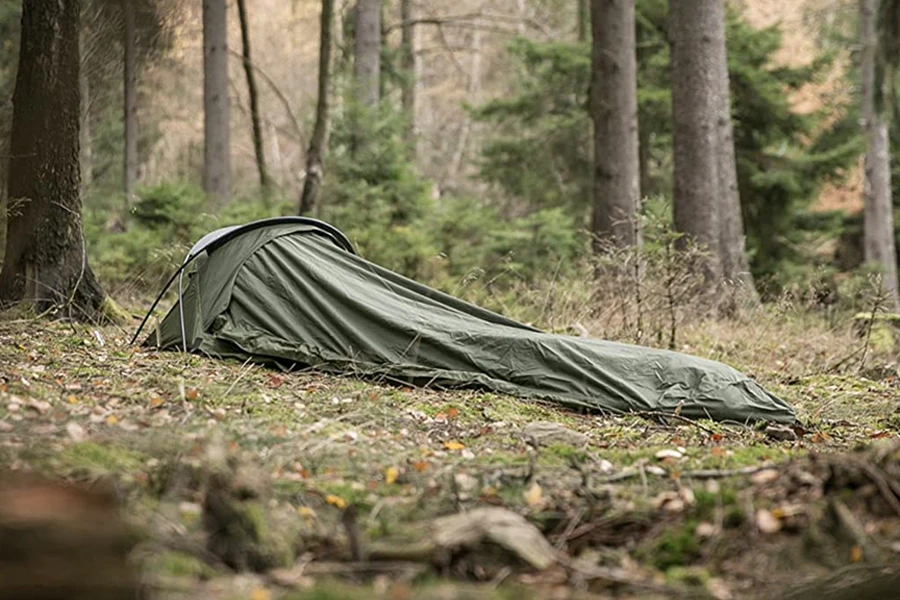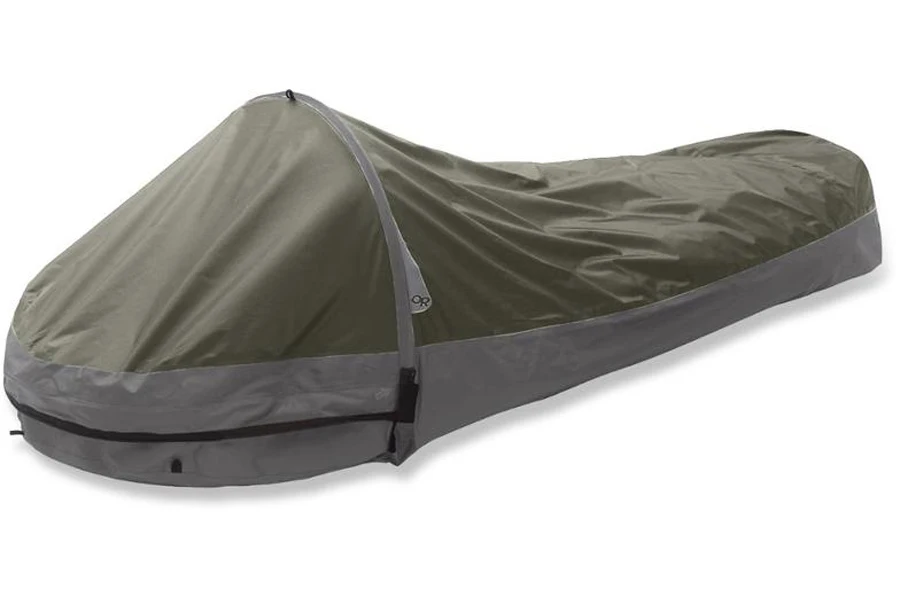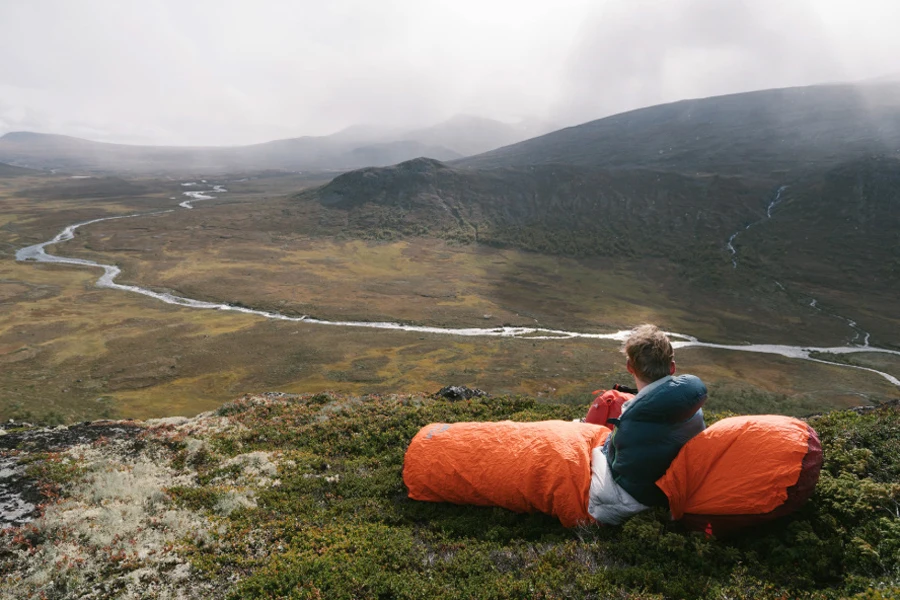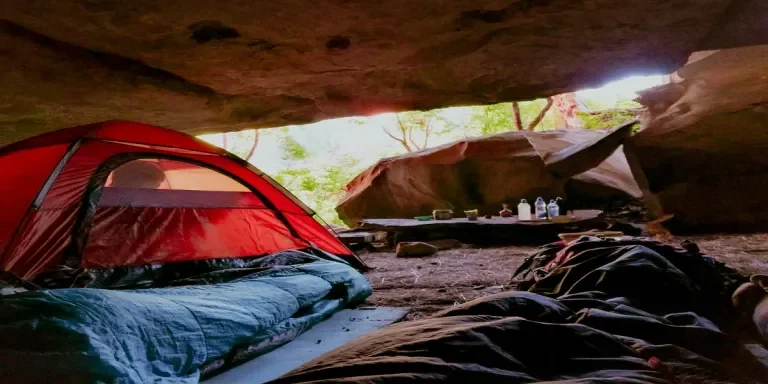Most beginner campers start their outdoor camping experience in tents. After all, they are great kits that protect people from the wind and rain. Plus, they can even cook inside their tents if the situation calls for it. But some hardcore campers see tents as heavy and unnecessary—some even feel they separate them from nature.
In such situations, they turn to bivy bags. These bags are the next best alternatives for campers sleeping out in the wild because they provide enough protection for a comfortable night’s rest. This article will show sellers how to pick the ideal ones that will attract buyers in 2024.
Table of Contents
What are bivy bags?
What advantages make them popular?
The different types of bivy bags
What to look for before offering bivy bags to outdoor activists
Bottom line
What are bivy bags?
Let’s face it! Bivy bags cannot replace tents completely because they are simply not as comfortable, offering less room and more condensation. But bivy bags are better for minimalist campers looking to pack small and light. Choosing them over tents reduces the total weight by about two or more pounds. But what exactly are these camping accessories?
Bivy bags are smaller, more transportable camping shelters. While manufacturers originally designed them for emergency weather protection (for mountaineers and climbers), many consumers use them as alternative tents when camping in the wild. Manufacturers of bivy bags have also evolved to use various lightweight materials, each with amazing benefits, like fully taped seams and detachable hoods, to produce them.
What advantages make them popular?

No doubt, bivy sacks aren’t as popular as tents, but they have garnered momentum in their niche. Google data shows bivy bags have been averaging 18,100 monthly searches since 2023, which clearly shows that there is a demand for them. But why are more consumers gradually navigating toward these bivy bags, and even choosing them over tents?
Here are the perks of using bivy bags:
Size and weight reduction
As mentioned earlier, hardcore outdoor enthusiasts primarily choose bivy bags because of their impressive size and weight reduction. In addition to being lighter and smaller, bivy bags are versatile shelter systems. They don’t need preparation like tents; campers can place them anywhere—if the ground is suitable. These bags are also the perfect go-to for campers going on overnight hikes because they are cheaper than tents.
A more natural experience
Bivy camping is the best option for consumers who want to experience nature at its peak when camping and want to be as close to it as possible. While tents shield the camper from the outside environment, bivy bags place them right in the middle of nature. With the bivy bags, consumers can feel the natural breeze, view the stars before sleeping, and wake up to the best morning view ever. In short, bivy camping offers a more wild and exciting experience.
Impressive waterproof and weatherproof qualities
Manufacturers often make bivy bags from resilient waterproof and weatherproof materials, allowing them to handle the strongest weather conditions outdoors. They can deflect whatever the weather throws at them (rain, cold, wind, or snow). However, condensation issues depend on the materials. Campers won’t have any condensation issues if it’s lightweight and breathable. However, the standard ones may need some drying out occasionally. Most of the bivy bags offer some insulation to further reduce their weight.
The different types of bivy bags

Generally, bivy bags fall into three categories: bug nets, minimalist, and four-season. Check the table below for more information on each type:
| Bivy bag types | Description |
| Bug net bivy bags | These are the most lightweight and compact options. However, they offer next to zero weather protection. Regardless, bug nets are the go-to for mild weather in terrains known for mosquitoes, midges, or other small, human-eating insects. |
| Minimalist bivvies | These are the traditional bivy bags. They are lightweight and don’t have poles. These bivy bags are the best for long-distance travel or ideal as three-season shelters. Minimalist bivvies are also the best for emergencies. |
| Four-season bivvies | These bivy bags deviate from the regular design to offer a more tent-like appearance. Although they weigh more than the minimalist variants, four-season bivvies offer more spacious interiors and better weatherproof qualities. They are also great for claustrophobic campers and extreme conditions. |
What to look for before offering bivy bags to outdoor activists
Waterproofing

Although most bivy bags come with waterproofing, their effectiveness differs. Manufacturers indicate their degree of waterproofing with the “hydrostatic head” (HH) scale. Generally, a higher HH scale indicates better waterproofing. 20,000 is the highest “HH” sellers can find on the market. It means that such bivy bags aren’t different from an average house shelter when it comes to keeping wetness away.
On the other hand, bivy bags with a 1,000-HH scale can only handle very light showers. Anything more than that would be terrible for consumers. As a rule of thumb, sellers should focus on HH ratings higher than 12,000 to keep consumers dry, regardless of the heaviness of the downpour.
Note: Not all manufacturers indicate their bivy bag’s HH rating. However, if sellers see they are made from eVent or Gore-tex materials, such bivvies have solid waterproofing!
Ventilation and breathability
These factors are critical for bivy bags. Without enough ventilation and breathability, bivy bags will quickly become sticky and sweaty—an uncomfortable experience for consumers who just want to enjoy nature. For maximum breathability, sellers must prioritize bivy bags made from Gore-tex, eVent, and Pertex materials. Anything cheaper than that would likely trade off breathability or weather resistance.
Also, poled and more spacious bivy bags offer better breathability and ventilation than those that consumers wrap around their bodies. However, bivy bags featuring zippers instead of drawstrings allow manual ventilation on dry nights.
Poled or poleless?
Bivy bags have evolved from the cheap, US $1 plastic sheets consumers wrap around themselves. These versions were uncomfortable, as they made campers uncomfortable in a sweaty and airtight nest. Although modern poleless designs use the same principle, they are way more breathable, comfortable, and convenient. They are like super-waterproof covers for sleeping bags.
On the other hand, bivy bags with poles or hoops take comfort and convenience to a different level. They have more storage space and wiggle room, as well as designs that reflect water and snow. Poled bivy bags are mini tents at their core, making them perfect for campers who want something closer to tents. If consumers don’t mind the extra weight, polled bivy bags offer more advantages than their poleless counterparts.
Sellers must also consider other factors related to comfort when choosing between poled and poleless bivy bags. The main one here is size. Taller consumers will prefer bivy bags that are over 90 inches in length. However, those with claustrophobia or who shift a lot in their sleep will need something wider, so bivy bags with at least 30” at the shoulders and 25” at the feet will offer the most comfort for such consumers.
Bottom line
Bivy bags are the next best thing to staying outdoors in the wild without tents. They offer various shapes, sizes, and specs, ensuring consumers get what they need for the best experience. Whether campers want the lowest of the pack for emergency shelter or the best quality for more extreme trips, the guide above will help businesses choose the right ones to attract them. Leverage them to enjoy huge sales gains in 2024!




